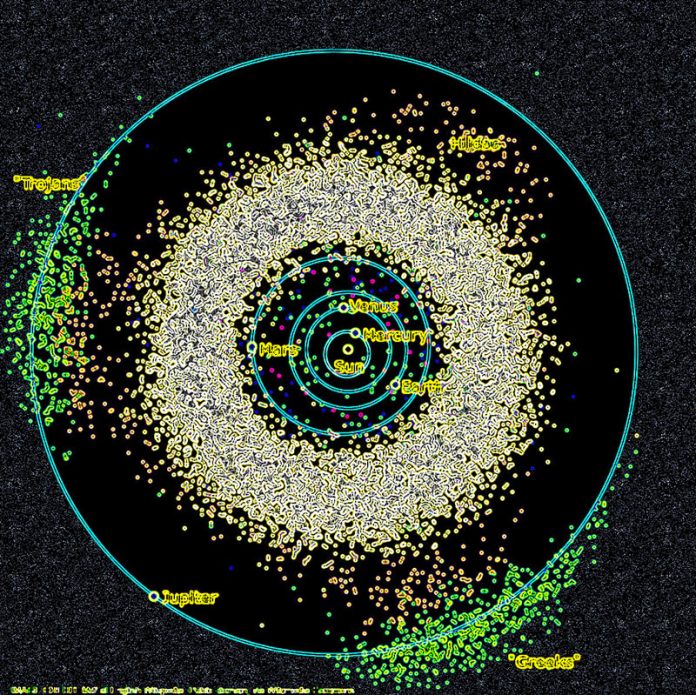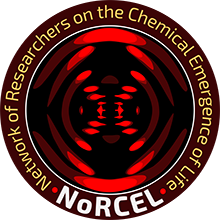The asteroid belt, a region located between the orbits of Mars and Jupiter, is composed of millions of rocky objects ranging in size from tiny pebbles to large asteroids several hundred kilometres in diameter. These remnants from the early formation of the solar system provide valuable insights into the evolution of our cosmic neighbourhood.
As an aspiring astrophysicist and citizen scientist, I recently identified an asteroid that had never been seen before, using the Astrometrica software for analysis. This discovery, now named “DPR1729,” underscores the significance of individual contributions to scientific research and validates my passion for exploring the cosmos. The software used is a powerful tool that allows astronomers to precisely measure the positions and movements of celestial objects. By analysing these measurements, we can determine the orbits and trajectories of asteroids and gain insight into their properties and behaviour.
The discovery of “DPR1729” is particularly significant because it was previously unidentified and had never been seen before. This highlights the crucial role that citizen scientists, like myself, play in contributing to scientific research and making ground-breaking discoveries.
The International Astronomical Search Collaboration, under NASA, provides opportunities for people from all walks of life to explore the universe and contribute to our understanding of it. As an aspiring astrophysicist and asteroid hunter, I am excited to continue making important contributions to scientific research and uncovering new discoveries that can further our understanding of the cosmos. Overall, this discovery and the contribution of citizen scientists like myself to astronomy research highlights the importance of collaboration and the significant impact that individual efforts can have on expanding our knowledge of the U niverse. The research also underscores the value of advanced software tools, like Astrometrica, in enabling precise measurements of celestial objects and enhancing our understanding of their behaviour and properties.”



